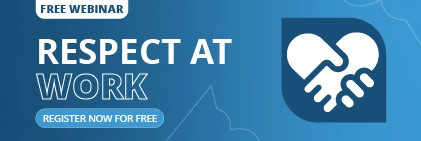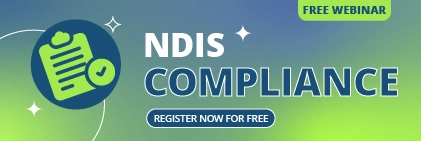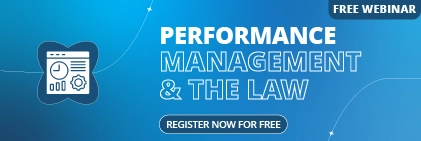Many businesses are migrating back to workplaces, but many others have opted for remote working permanently. For those choosing the latter, all business and HR processes need to be performed with the same efficiency as before. Traditional methods of human resource management might not be an effective solution for this new situation, especially for recruiting and onboarding new hires.
Remote working can become the biggest barrier to obstructing clear communication between employees. It can make new employees feel neglected or uninformed. Managing existing and recruiting new employees will require a new approach. Here are some ways to ensure your new hires are efficiently recruited and onboarded in remote teams.
5 Tips to Ensure Your New Hire Is Fit for Your Remote Team
1. Leverage technology to automate the process
Working remotely involves upgrading business processes from paper-based documents to digital. Human resource management systems, more commonly known as HRMS, allow companies to simplify the HR function and enable employees to access all required information from one place. They do not need to create and remember different user accounts for managing various HR-related tasks.
New employees can be onboarded efficiently using HRMS. HRMS allows new employees to enter their data and get acquainted with the HR processes easily.
2. Make information easily available
New hires can often find themselves at a loss when it comes to finding the right information required to perform a task or knowing where to get help. By implementing an HRMS, companies can help every employee find the required resources. For example, a new employee who is encountering a technical issue can look up the right person to contact using the employee directory in HRMS.
HRMS can also help educate employees about the rules that govern their work and workplaces through policies. It is also a place for imparting training and allowing employees to develop new skills useful for their job. This provides employees with an opportunity to grow.
3. Establish better communication between teams
Maintaining communication is often the biggest challenge when your employees are working remotely. Lack of communication during the initial days can be a daunting phase for new hires. They might feel neglected or lose a sense of purpose in such cases.
Organisational and HR managers need to maintain proper formal and informal communication so that no employee, especially new ones, feels left out. Remote working has its set of challenges, and the human touch in the form of continuous communication can help new employees adjust to the culture of your organisation easily.
4. Promote frequent check-ins
Orientation, training, and communication are all parts of the big acclimatisation process. New employees need time to understand the organisation, work, and culture. Frequent check-ins, including performance evaluations, can help ensure they are working as expected. Allow feedback from new employees as part of the 360 feedback system using surveys or informal meetings.
5. Offer ongoing support
Performance reviews and feedback can help managers gather details about their new employees, how they are coping, and understand where they may need additional support to perform their jobs. On-going employee support is the best way to help new and existing employees overcome hurdles and perform better. This is helpful for both the employees and the organisation as a whole.
What is the difference between employee orientation and onboarding?
Orientation is a one-time event that targets welcoming and providing new hires with a bird’s eye view of your organisation, including vision, mission, history, and culture. Some companies also provide new employees with forms to fill out, workplace policies and codes of conduct to read, information to learn about the company’s benefits, etc. Orientation can be viewed as a part of onboarding.
Employee onboarding is a continuous series of events that can spread over a long duration of time ranging from days to over a year based on the preferences of the organisation. It can also be tailored for a specific job role and includes performance reviews and feedback.
How long should remote onboarding last?
Companies might change the duration of the employee onboarding process as per their business strategies. The average duration is approximately 3 months. Many organisations also extend their onboarding for more than a year and include activities to enhance learning and development and evaluate the performance of employees while providing continuous support.
Conclusion:
Recruiting and onboarding new employees are amongst the most crucial tasks of the HR function. It goes a long way in measuring the future growth of your organisation through employee retention. Sentrient HR management system can help you enhance these processes and ensure your organisation retains employees that feel guided, supported, and valued to promote a better work culture. Contact us to help make your remote teams robust.





